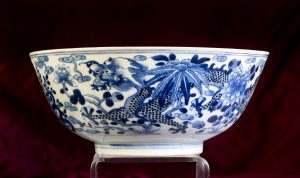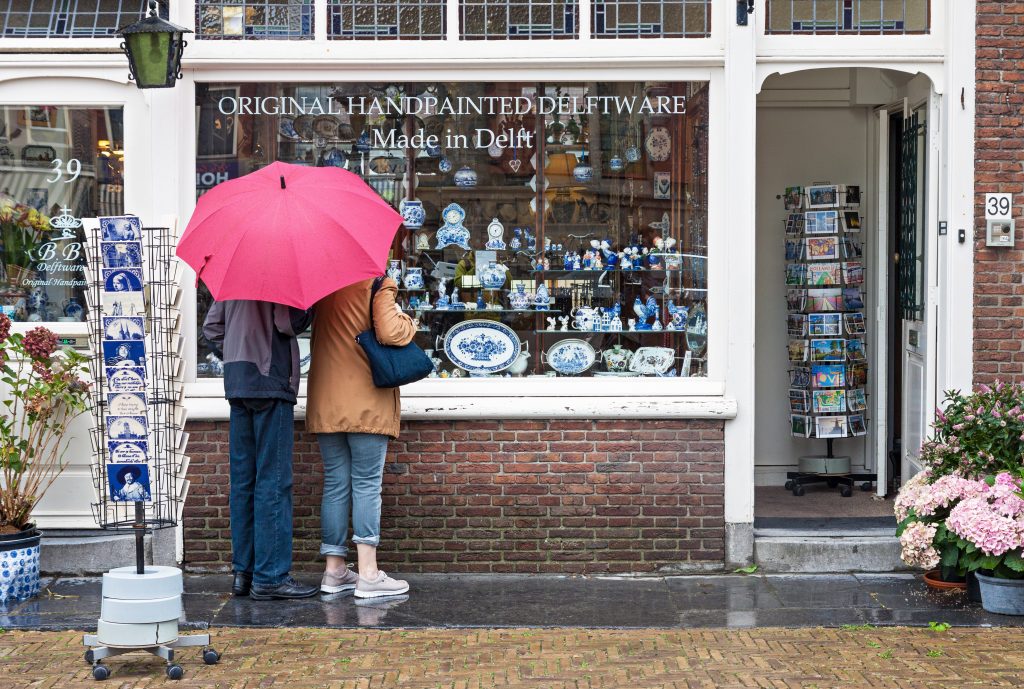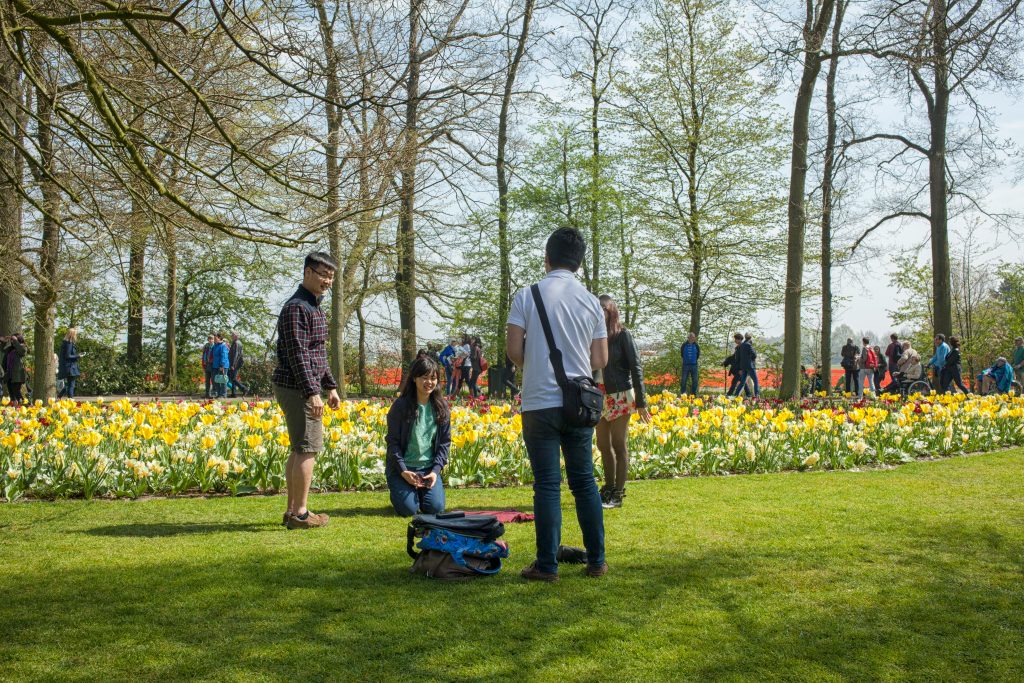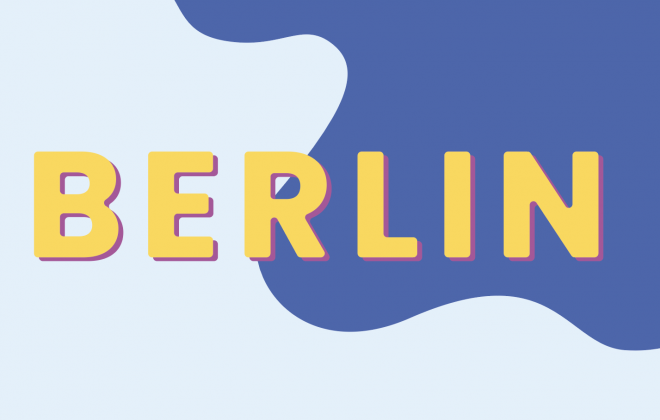For the Dutch and the Chinese, more than a stereotype in common

As the Netherlands dresses up in orange for King’s Day, we are here wondering what Chinese and Dutch culture have in common. Not much at first glance, but historical ties are pretty old and mutual influence stronger than one may think.
Let’s begin with one cultural stereotype often used to describe both the Chinese and the Dutch: their business acumen. Just by typing “Chinese good at” into the Google search bar, Google’s autocomplete promptly suggests “why the Chinese are good at business.” As for the Dutch, although Google autocomplete’s suggestions were rather unexpected, there is enough indication in the country’s GDP, per capita income, and Fortune Global 500 list. We are not trying to argue whether these stereotypes are true or not, but rather to point out that this is one of the many ways both countries are perceived. And these images were likely formed right when the two cultures met.
When we think back to the first contact between China and the West, the story of Marco Polo in the 13th century CE or the Silk Road around the 1st or 2nd century of our era come to mind (although new evidence suggests contact could have started long before that). Indeed, Marco Polo’s accounts were the first well-documented accounts of direct contact and it was through the Silk Road that the very first indirect contact happened between China and the Roman Empire. Granted, the Dutch were neither the first, nor are they readily remembered to be among key figures in the East meets West story, but they had perhaps the greatest influence in the very first images of China in the western mind because of scale, in fact.
And first impressions last.

It all began with porcelain, or china, as it is commonly referred to in English and is one of the possible reasons behind the country’s name. While the Portuguese were the “early adopters” of the time by initiating trade and bringing the first porcelain items into Europe, the Dutch were the real “trendsetters” by soon later importing large quantities and transforming a luxury good of a few into a mass product of the early modern era. Between 1602 and 1657, they imported more than three million pieces of Chinese porcelain to Europe. It may not sound like a lot, but put into historical context it is equivalent to what we have today with globalization.
Speaking of which, the Dutch mass-import of china from China is also closely linked to the seeds of global trade. They were planted by a Dutch vintage multinational, acronym and all: Vereenigde Oostindische Compagnie, a.k.a. VOC, or the Dutch East Indian Company. Through this organization that is now considered one of the most prominent early models of a multinational corporation, the Dutch’s initial intention was to ensure monopoly over the spice trade. However, they soon started trading other goods for which there was not yet a considerable demand, such as porcelain. In today’s terms, they spotted the product’s marketing potential.
Up until this point, European pottery was rudimentary by comparison with something as delicate and sophisticated as porcelain; it was not only rare and mesmerizing but also its manufacturing process was a complete mystery. Soon enough, porcelain became a hit and made its way into the homes of Europe’s first wealthy middle class—that of Amsterdam, the epicentre of trade—to then become a part of people’s lives all over Europe.
Besides the material itself and the technology behind it, these foreign objects had such an impact that they also made their way into art. Dutch painters immortalized their society’s growing wealth in still life paintings that would, along with porcelain, influence the entire continent. Among master artists of that time, Rembrandt collected Chinese porcelain, Johannes Vermeer included it in his artwork, and Joost van den Vondel “was the first European to write a literary work entirely set in China. He described the country as ‘a noble diamond that sparkles divinely in the eyes.'”
While the Dutch controlled and expanded the demand for porcelain (and for many other exotic goods from all over the world), the Chinese also seized the opportunity for business very early on. Like the Dutch, they also saw the marketing potential of their own product; they adapted it to the European taste as early as when the Portuguese first came and soon enough had production lines exclusively for export. Already back then, the Chinese had a city dedicated to the business: Jingdezhen. The “porcelain capital” was one of the world’s first industrial towns thanks to the mass production of the blue-and-white porcelain the Europeans so loved, beginning with the Dutch.
Fast-forward to today, one cannot help but think of Dafen, the oil-painting town in Shenzhen, where replicas of famous paintings are mass produced, including those of none other than Dutch painter Vincent van Gogh. Artists there work to be faithful to the originals to such an extent that they live and breathe van Gogh. Last year, a documentary captured a Dafen painter’s daily life making countless van Gogh copies and took him to Amsterdam to see the original paintings, inspiring the painter to create his own artwork at the end. So, in a way, it’s the reverse of what happened to porcelain.
Because rewind to the 17th century and guess who copied who.
The European craze for Chinese blue-and-white porcelain paved the way to what is now an icon of Dutchness alongside windmills, clogs, and cheese: Delft Blue, or the Dutch blue-and-white pottery. Delftware was created as a cheaper alternative to Chinese porcelain when trade came to a halt in the mid 17th century due to a ban by the Qing Dinasty. From then on, copying did not stop at pottery or remained limited to the Netherlands. It expanded into European furniture, interior design, literature, music, theatre, the fine arts, and architecture, later influencing the Baroque style’s transformation into Rococo in the 18th century. This Chinese influence is recognized as a style with its own name: Chinoiserie.

But soon trade ships would be replaced by warships and then came a turbulent time that would last for a century, starting with the Opium Wars between China and the British Empire in the mid 19th century. On par with political relations, images of China in Europe and of Europe in China would degrade considerably. And ever since the 1950’s, the strongest feeling related to China both in the European political discourse and European society as a whole seems to often be suspicion or fear.
Politics aside, the same cannot be said of contemporary Chinese feelings regarding Europe, more specifically that of the Chinese wealthy middle class of today.
Much like their Dutch counterparts of the 17th century, who were wealthy, intrigued by the Far East, and who immortalized their wealth in oil paintings; today’s Chinese wealthy middle class is curious about the West and beyond, and love to immortalize their joy in selfies during their trips around the world. For the wealthy Dutch of then, the trend was porcelain. For the wealthy Chinese of now, the trend is international independent travel. And they love Dutch painters of old, Dutch designers of now, Dutch cheese, and Dutch flowers. So much so that they fly to the Netherlands just to see tulips.
Without a doubt, things have changed a lot over the centuries and the Netherlands and China have always been very different on many levels. But it isn’t any less amusing to see how something that doesn’t have any apparent connection at first has, in fact, common denominators, like a silly “talent for business” stereotype. Either that or it is a huge coincidence, at the very least.




